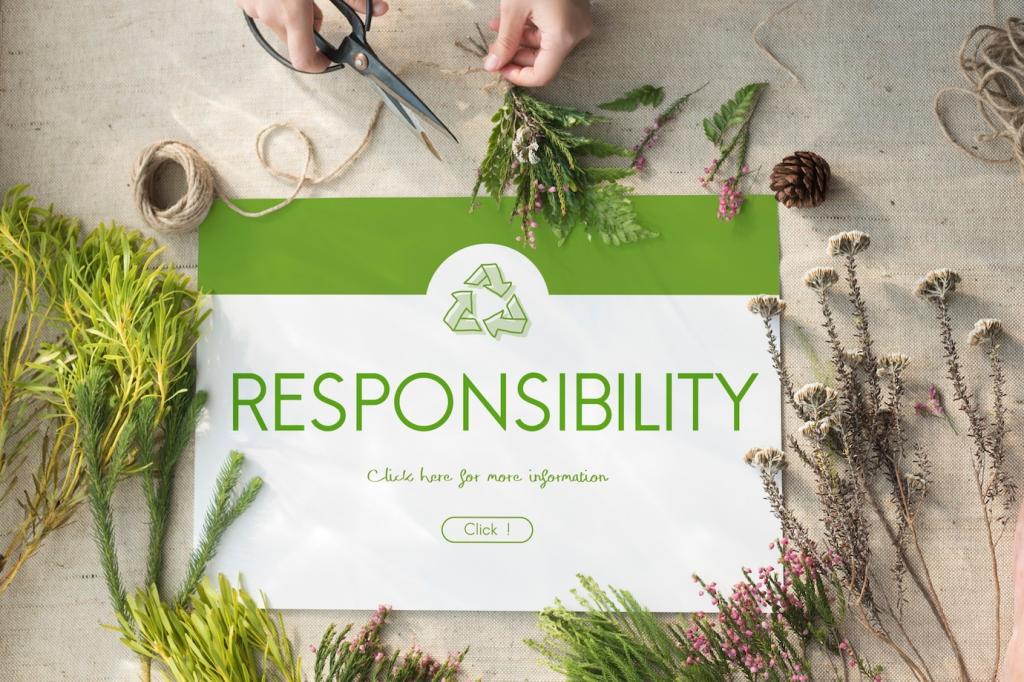Designing for Subsidy Success
Energy models and embodied-carbon takeoffs are not paperwork—they are your persuasion engine. Establish clear baselines, then show deltas for each measure. The more transparent your assumptions and references, the easier it becomes for reviewers to validate your savings and approve your application without repeated clarifications or costly delays.
Designing for Subsidy Success
Many programs include multipliers when complementary technologies are combined, like heat pumps plus envelope upgrades or solar plus storage. Bundle measures that reinforce each other’s performance, and you may qualify for tiered bonuses. Ask program staff about stackable pathways—then document interactions directly in your model outputs and design narratives.





